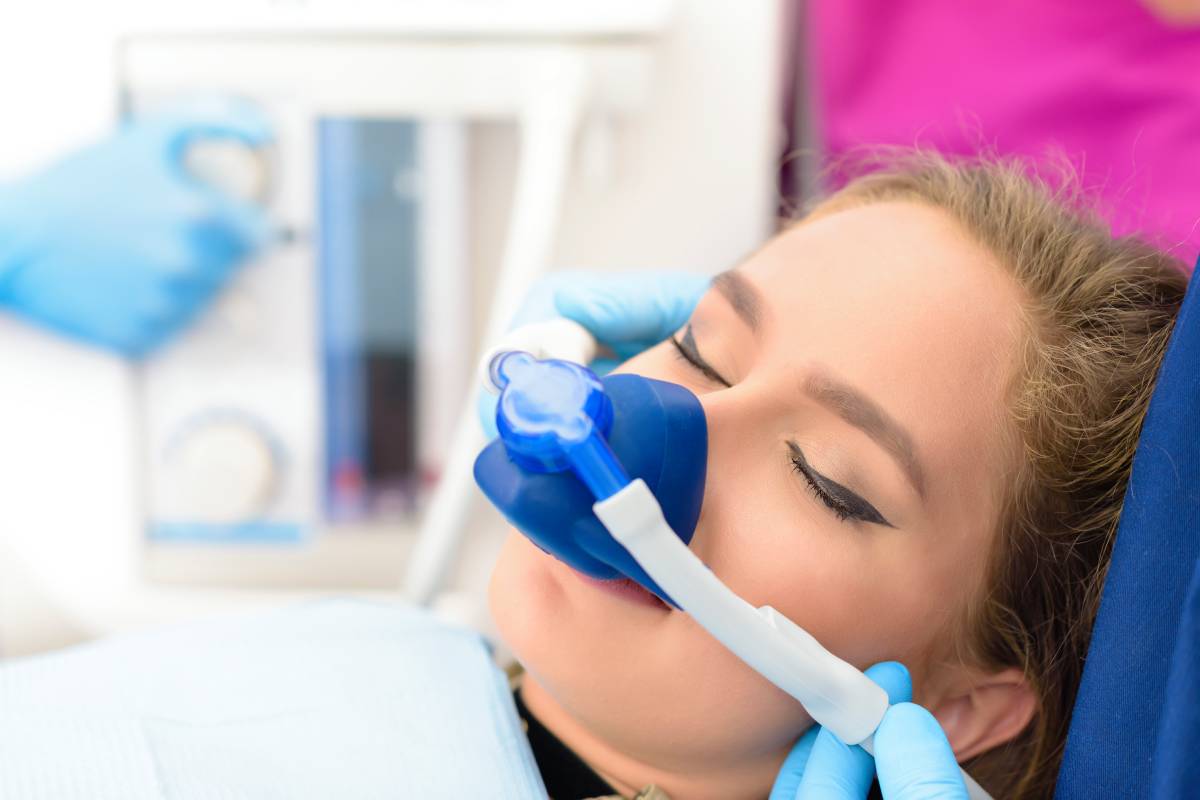Nitrous Oxide Leakage in Medical Settings

Nitrous oxide (N₂O) is widely used in healthcare for its analgesic and anesthetic properties. Although its therapeutic value is well-established, nitrous oxide leakage is a significant problem for medical and environmental reasons. Research indicates that chronic exposure to nitrous oxide can lead to health issues for medical staff, while leakage from containment systems causes environmental harm and financial implications for healthcare facilities. Understanding the causes, health impacts, and prevention strategies for nitrous oxide leakage is essential for healthcare professionals and administrators in promoting a safe clinical environment.
In medical settings, nitrous oxide leakage commonly occurs due to outdated or malfunctioning equipment, improper storage, and lack of adequate ventilation. Medical gas systems, which distribute nitrous oxide to various parts of healthcare facilities, may develop leaks if they are not properly maintained. A study published in the International Journal of Occupational Medicine and Environmental Health highlights that poor maintenance of gas pipelines and connectors, especially in older hospitals, is a primary source of nitrous oxide leaks (Lisboa et al., 2020). Additionally, improper handling of nitrous oxide cylinders, failure to tightly close valves, and frequent usage of portable delivery systems can contribute to unintended exposure. Notably, the problem is not exclusive to older healthcare facilities. Research from the Journal of Clinical Monitoring and Computing (Chen et al., 2021) found that even new installations and high-end medical facilities reported nitrous oxide leakages due to human error or design flaws.
Exposure to nitrous oxide has been linked to both acute and chronic health issues. Acute symptoms include headache, dizziness, and nausea, which can impair medical staff performance and increase workplace accidents. Chronic exposure can lead to neurological complications, psychiatric issues, and an increased risk of hematological disorders such as leukopenia, agranulocytosis, and more. For instance, long-term exposure to nitrous oxide has been associated with vitamin B12 deficiency, which can result in neurological impairment, according to the American Journal of Industrial Medicine (Smith et al., 2022).
Some studies mention a correlation between nitrous oxide exposure and adverse effects to reproductive health and fetal development. However, these effects have only been demonstrated in rodent models. Additionally, the use of isofluorane or halothane prevents almost all teratogenic effects seen with the use of nitrous oxide in rodent models. In human studies, these effects are not seen in retrospective data (though they are limited by multiple confounding variables), and prospective clinical studies would be impractical and unethical (Huang, 2017).
To address nitrous oxide leakage in medical settings, healthcare facilities should implement a mix of technological, procedural, and training strategies. Regular maintenance and leak testing of gas delivery systems, along with improved ventilation, help prevent leaks and ensure nitrous oxide is quickly diluted, particularly in confined areas like operating rooms. Staff education is equally crucial: personnel should be trained in proper equipment handling, leak detection, and response to hazards. Additionally, establishing safety protocols for cylinder handling and PPE
use can further reduce occupational exposure to nitrous oxide. Lastly, some argue that nitrous oxide systems should be dismantled entirely when alternative anesthetics are available.
Nitrous oxide leakage in medical settings represents a critical health and environmental issue. As healthcare facilities balance patient safety, staff well-being, and environmental responsibilities, proactive management of nitrous oxide emissions is essential. Through rigorous maintenance and monitoring, staff education, and the use of alternatives when possible, healthcare facilities can significantly reduce nitrous oxide exposure for their employees while contributing to global efforts to minimize greenhouse gas emissions.
References
1. Lisboa, P., et al. (2020). “Leakage of Medical Gases in Healthcare Facilities: Causes and Prevention.” International Journal of Occupational Medicine and Environmental Health.
2. Chen, L., et al. (2021). “Evaluating the Efficiency of Leak Detection Systems in Modern Healthcare Facilities.” Journal of Clinical Monitoring and Computing.
3. Smith, J., et al. (2022). “Occupational Hazards Associated with Long-term Nitrous Oxide Exposure.” American Journal of Industrial Medicine.
4. Huang, J. (2017). Nonobstetric Surgery During Pregnancy. In: Aglio, L., Urman, R. (eds) Anesthesiology. Springer, Cham. https://doi-org.proxy.library.emory.edu/10.1007/978-3-319-50141-3_51